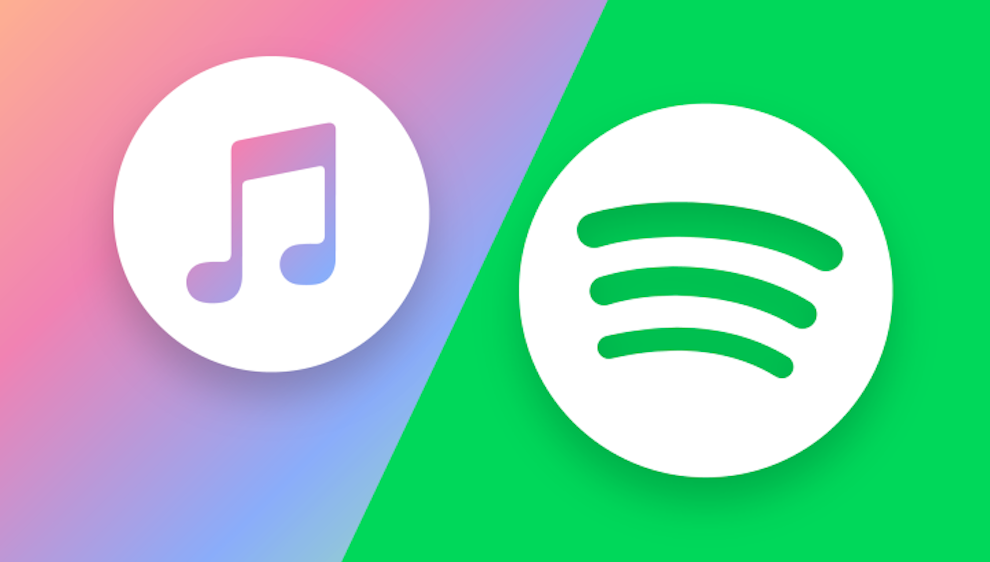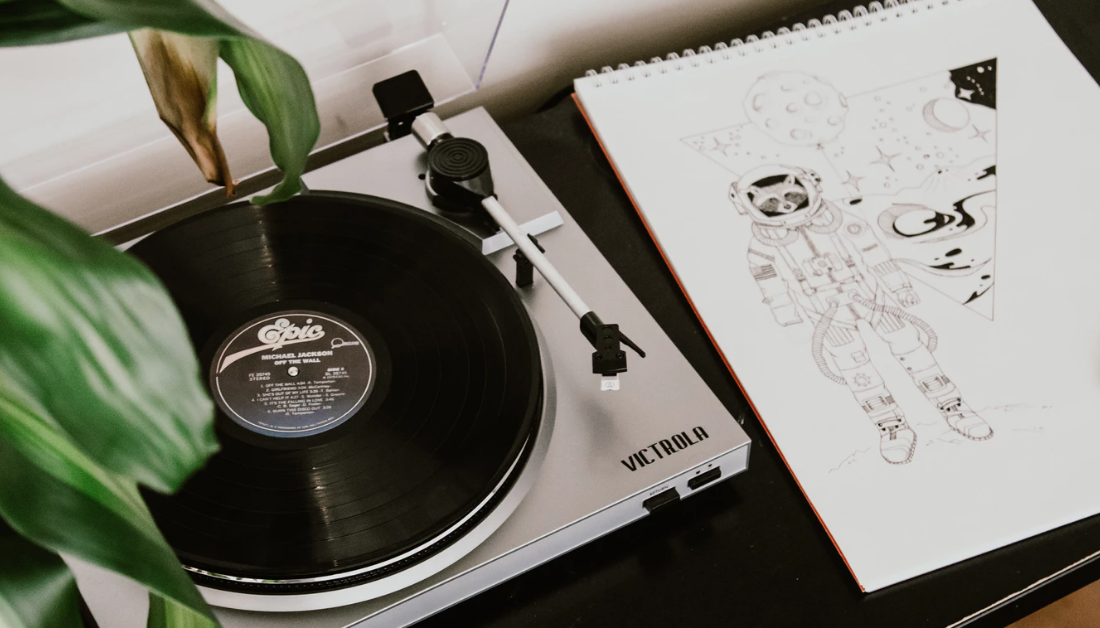Here’s how music consumption has changed over the last decade

It’s no surprise that things change over ten years, but the music industry, in particular, has gone through a period of monumental evolution in the 2010s.
Beginning the decade attempting to deal with piracy and the declining sales of physical music, streaming has revived the industry, ensuring that it ends on a more positive note that it started. Social media has also been a force that has been used both successfully and unsuccessfully throughout.
To understand the changes that the industry went through, we’ve compared the first year of the decade with the last while also noting some of the important moments along the way that changed the course of the decade.
Streaming
Streaming, unsurprisingly, ended the decade on top, taking over the digital music reign that stood at the beginning of the decade.
Spotify launched in 2008 but it took until 2012 to make it to Australia where it immediately made a splash. According to ARIA, it accounted for $20.9 million of the total market share in 2013, doubling from the year before. Apple Music launched in 2015, furthering the streaming success story that has put buoyancy back into the global music market.
In 2018, ARIA reported that streaming made up for $375 million of the total market up 43.75% from the year before.

APRA AMCOS’ Year In Review reports also document streaming’s successes. Audio streaming revenue was at $0.3 million, rising sharply every year of the decade. It now stands at a figure of $105 million, up 28.2% from the year before.
It’s a similar story globally where streaming started the decade small and ended as the largest revenue maker in the industry. In 2010, Spotify had attracted 750,000 paying subscribers, a figure which is now up to 108 million. In 2010, it was responsible for US$0.4 billion of revenue and in 2018 the IFPI reported that figure was up to US$8.9 billion. Streaming was also largely responsible for taking digital music revenue past the $10 billion mark for the first time ever.
Digital
Digital Music began the decade in a very different place to how it ended it.
Digital downloads and piracy essentially obliterated physical music sales in the early part of the decade but it’s taken many different shapes and forms throughout the course. The iTunes store was essential to its early success, however, we end the decade with the news that Apple has relocated the iTunes store to focus on its streaming service, Apple Music. It’s also worth noting that the iPod was still a popular tool for music consumption.
There were 50.31 million iPods sold in 2010 but Apple stopped making new iPods in 2015 as consumers moved to smartphones. The company has rebooted the iPod Touch this year.
READ MORE: Forget Napster, it was iTunes that held the record industry to ransom
Digital music, excluding streaming, made up for US$3.9 billion of global revenue in 2010, according to IFPI. Its dominance over streaming continued until 2017 when streaming overtook it by US$1.5 billion. While digital revenue has continued to rise thanks to streaming, the digital downloads market share fell by 21.2% last year, taking it to just 7.7%. In 2010, the digital downloaded accounted for well over 50% of global revenue.
In Australia, it’s been a similar story. Streaming took longer to be introduced here so the digital download held on for longer. According to ARIA, digital downloads made a net of $87 million in 2010, a figure that has fallen to $68 million. Last year, there was a decline of 26.8% on song downloads and a fall of 31.7% on album downloads from the previous year.
Physical
Few people will argue that it hasn’t been a difficult decade for physical music. It started the decade on the decline and has been unable to regain any traction throughout.
According to IFPI, at the start of the millennium physical music was responsible for almost the entire recorded music industry revenue. By 2010, it was losing its dominance although it was still responsible for $US9 billion of industry revenue but it has recorded a decline every year since. In 2015, digital music (including streaming) finally took over from it and it has increased its lead significantly since. Physical now makes up $4.7 billion of the market.
Australia has also seen a large decline. 26 million physical units were sold in 2010, however, that number has dropped to 7 million in the last ARIA report of 2018. It indicated a 22% decline from the previous year and makes it highly unlikely that it has recovered in 2019.

It’s not all bad news though. There has been one unlikely hero of the decade in vinyl. The resurgence continued throughout the entire 2010s with the IFPI reporting that in 2018, vinyl recorded its 13th consecutive year of growth, nabbing a 3.6% share of the market.
Locally, it has also grown every year this decade. In 2010, 39,000 units were sold as compared to 896,000 in 2010. As the SMH reported, this year income from vinyl is predicted to overtake that from CDs for the first time since 1986.
Social Media
Social media has been an integral player for music throughout the decade, but it’s one that many platforms have spent the majority of it trying to get right.
In 2010, iTunes launched a social media network called Ping, designed to encourage users to share music, however it was shut down in 2012 after low adoption. Twitter also attempted to put a focus solely on music with a standalone app #music designed to assist people in discovering music through their social followers. It was shut down entirely in 2014.
Justin Timberlake also tried to revive Myspace which had once been a thriving discovery tool. He bought it in 2013 with the intention of zoning in on music, however, it’s failed to make a dent on the industry.
While Facebook and Twitter integrations with streaming services were designed to encourage users to share music with each other, users transformed from consumers to creators this decade.
Vine was introduced in 2013 and was responsible for launching a number of viral hits including DJ Snake’s ‘Turn Down For What’ and Drake’s ‘Hotline Bling’. It also birthed one of music’s biggest current stars Shawn Mendes. This year, we’ve seen the impact of Vine’s successor TikTok which has shone a light on hits like Lil Nas X’s ‘Old Town Road’ and Lizzo’s ‘Good As Hell’.
Instagram has also been a force in music this decade. As well as providing a platform for artists to share some of their most viral content, users have sent songs like Drake’s ‘In My Feelings’ viral through the platform. Instagram launched videos in 2013 and stories in 2016 pulling the dominance from Snapchat. It has since made it simple to share music and attach music to stories. In 2018, Instagram reported that it had 400 million daily users with the potential to add music to their stories.
Facebook was a popular tool for users to discover music early in the decade with artist pages generously populated but it’s been on the decline. According to Edison Research, the platform lost 15 million users between 2017 and 2019. In 2017, 79% of Americans between 12 and 34 used Facebook but that figure fell to 62% this year, lessening its potential to connect new audiences with artists.

On the other hand, Twitter replaced forums as the playground for artist superfans. Beginning as a channel to directly communicate with your favourite artists, it soon developed into ‘stan culture’, led by memes, promotional hashtags and sometimes a damaging pack mentality.
Eyes also turned to the platform thanks to a number of keys users, notably Kanye West who has jumped on and off Twitter throughout the latter part of the decade addressing feuds with Drake, announcing and denouncing albums and also controversially supporting Trump. It also became the hub to react in real-time to surprise events in music. In 2013, when Beyonce surprise-dropped her self-titled album it generated 1.2 million tweets in just 12 hours. When Lemonade was released three years later alongside an HBO film 696,000 people were tweeting about it during the program.
Australia On The International Scene
It’s been a decade of weathering and adapting to a consistently evolving industry but it seems Australia has performed well. The 2019 IFPI Global Music Report, called out Australia and Asia as one of the fastest rising music markets. Together it is the second-largest global region for physical and digital revenue.
Australia on its own is the eighth biggest music market in the world. In 2010, the same report called out Australia’s steep drops in physical music sales as a result of growing piracy. At the time, Australia was one of the countries that had not blocked Torrent giant The Pirate Bay.
ARIA reports that in 2018 the industry generated a net total of $526 million in wholesale sales of sound recording and music videos as compared to $384 million in 2010. APRA AMCOS also distributed $410.9 million in income as opposed to $240 million in 2010.
Australian artists presence on the global stage has also increased throughout the decade. As mentioned in a report by the Australian Council Of The Arts, APRA AMCOS notes the number of international performances reported each year has gone from 2,845 in 2012 to 7,095 in 2017.
International royalty revenue has also risen from $21.8 million in 2013 to $43.7 million in 2018. As well as performing at global music showcases like Texas’ SXSW and Brighton’s The Great Escape, Australian artists have benefitted from playlisting on streaming platforms.






























